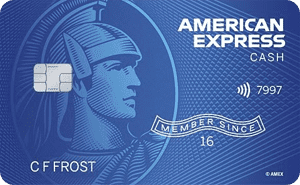Both the American Express Cash Magnet® Card and the U.S. Bank Cash+® Visa Signature® Card appeal for their cash back rewards, absence of annual fees and their introductory APR offers. The U.S. Bank Cash+ edges ahead with its higher cash back potential, especially in categories of your choice.
However, the Amex Cash Magnet's 0% introductory APR for 15 months should not be overlooked, as it can be particularly valuable for those planning to make large purchases soon. Neither card is co-branded and is a strong contender in their own right for anyone seeking a rewarding cash back credit card.
















